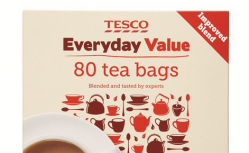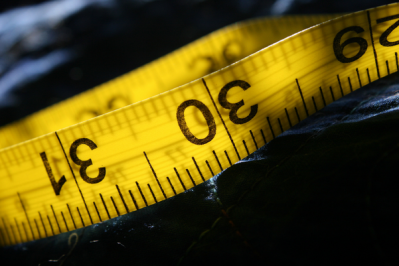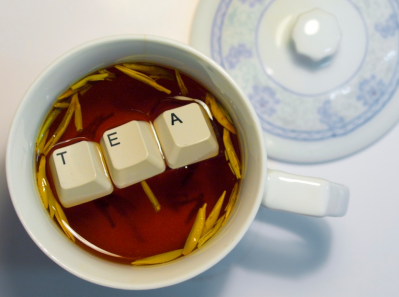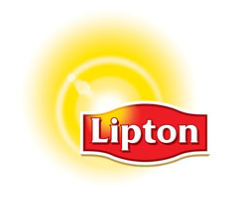Tesco reviews UK tea blends as scientists spark fluoride fears

A Tesco spokesperson told BeverageDaily.com this morning: “All of our food meets the highest standards of quality and safety. We are aware of the University of Derby results and will be reviewing the tea blends we use in light of these data and our own testing.”
Writing in the August issue of Food Research International, Laura Chan from the University of Derby and colleagues bought 38 teas from UK supermarkets, and one each from India and Sri Lanka.
They explain that the tea plant Camellia sinensis L is a known accumulator of fluoride, which it can gather from acidic soils, especially when exposed to airborne sources, and Lu, Guo and Yang (2004) found that tea quality declines as fluoride concentrations increase.
“Fluoride concentrations found in the present study could lead to detrimental health conditions in a human, especially if consuming in excess of a liter of the Economy branded tea per day,” Chan et al. write.
Unilever’s PG Tips fluoride levels relatively high
The scientists warn that fluoride concentrations in tea brewed for two minutes could exceed the US National Academy of Science (NAS) DRI of 4mg/day; the NAS upper tolerable limit is 10mg/day.
Since fluoride levels in mature tea leaves were particularly high, the team hypothesized that these Economy teas were likely made using leaves alone rather than buds, while cheaper machine rather than hand plucking meant that tender shoots used in pricier brews were lost.
“In contrast, if a Pure blend or an Oolong/Pu’er brand of tea is consumed, the percentage of the DRI of fluoride is only up to 40%,” they add.
Major tea brands under the lens included Pure Blends Tata Leaf, Dilmah Ceylon, Liptons Darjeeling Lea, Twinings Assam, while Black Blends included PG Tips, Typhoo and Yorkshire leaf.
Among these PG Tips bags (4.98mg/liter for a two-minute infusion), Twinings Green (4.43) and Clipper Organic (4.32) had the highest mean fluoride concentrations in tea infusions.
Economy Blends from major supermarkets – Asda Smartprice, Euroshopper, Morrisons Value, Sainsbury Basics (11p/100g, July 2012) Tesco Value and Waitrose Essential were also tested.
The highest concentrations were found in some economy blends: Asda Smartprice (7.14mg/liter ± 0.33) and Tesco Value (7.96 ± 0.07).
Sainsbury’s reviewing research findings
Sainsbury’s Basics tea registered 6.13mg ± 0.81 in one test, and a spokesperson told us the supermarket was reviewing the research findings and “making our own investigations”.
“Food product safety is of paramount importance to our business and we take all related issues very seriously,” they added.
Waitrose Essentials had to lowest fluoride concentration in the Economy Blends category, while in Black Blends, Jacksons bags’ (£1.04/100g in July 2012) fluoride concentration of 0.76mg/liter ± 0.04 was significantly lower than other teas tested.
“Koblar et al. (2012) report that the adequate intake of fluoride from a 70kg adult consuming five cups of tea daily ranges from 25% to 210% depending upon the tea brand and whether the water is fluoridated,” Chan et al. write.
Severe joint and bone pain
Although excess fluoride symptoms were “mostly endemic” in China, India and Africa, the scientists cite Izuora et al. (2011) who report that a 48-year-old woman in the US suffering severe joint and bone pain had drunk 3.8l of the cheapest store brand tea since she was 12.
A radiograph of the woman’s spine revealed crippling skeletal fluorosis, osteoporosis and increased bone density, the scientists add, and treatment involved avoiding dietary fluoride and administering vitamin D and calcium.
Neither Unilever nor Asda had replied to a request for comment as we went to press.
Title: ‘Human Exposure Assessment of Fluoride from Tea (Camellia SinensisL.): A UK-based issue?
Authors: Chan, L., Mehra, A., Saikat, S., Lynch, P.
Source: Food Research International, 51 (2013) 564-570, http://dx.doi.org/10/1016/j.foodres.2013.01.025






